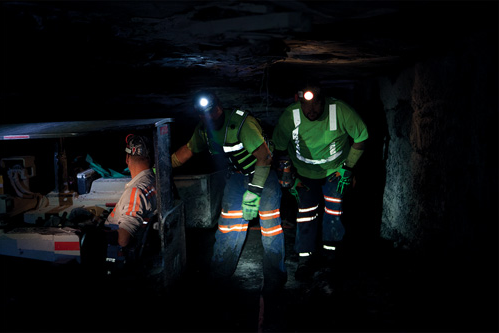How do we determine if our high-visibility apparel is right for the job or task while also making sure it meets standards and requirements?
One of the great challenges when designing personal protective equipment is finding easy-to-use, effective solutions that meet professional standards and complement your job under a variety of conditions. Typically helpful in determining whether your high-visibility apparel is right for the job.
- 24-hour visibility
To ensure your high-visibility apparel works for day and night, find apparel that incorporates both fluorescence and reflective tapes to help provide 24-hour visibility. Fluorescent colors, such as neon yellow, capture our attention because they emit more light energy than conventional colors, but fluorescent needs light to work and is most effective in the daytime and under limited-light conditions such as dawn and dusk.
For example, light from a car’s headlights bounces off reflective apparel and is returned toward the driver’s eyes. This makes retro-reflective materials appear bright to the driver.
- Location of reflective materials
The human brain is wired to recognize human motion. When you see a moving object, you can usually tell that it is a human if certain points of the body, called “biomotion points,” are outlined. For high-visibility garments to be most effective, the reflective material should be placed on the limbs where most movement takes place, such as the ankles and wrists. Additionally, the material should be placed on the torso and the front, back and sides of garments to give you 360 degrees of most standards require at least one band of reflective material circling the body.
- Amount of high-visibility materials to meet standards
To meet standards and highway regulations, you should wear apparel that has enough reflective and fluorescent material to meet the design requirements of high-visibility standards, such as ISEA/ANSI 107-2015. Compliance with the “Manual on Uniform Traffic Control Devices 2009” Requires a minimum of ANSI 107-2015 Type R, Class 2 or Class 3 for roadway workers. Pedestrian workers indoors, perhaps in a warehouse, may consider the new ANSI 107 Type O.
The best reflective vests feature pieces that highlight the body’s movement and shape. But, keep in mind that too much reflective material may make it hard to identify that you are a person and not a pylon.
When it comes to applying high-visibility clothing solutions, it is always a good idea to request third-party certificates. For example, an ANSI 107 label alone does not always mean garments are compliant.
